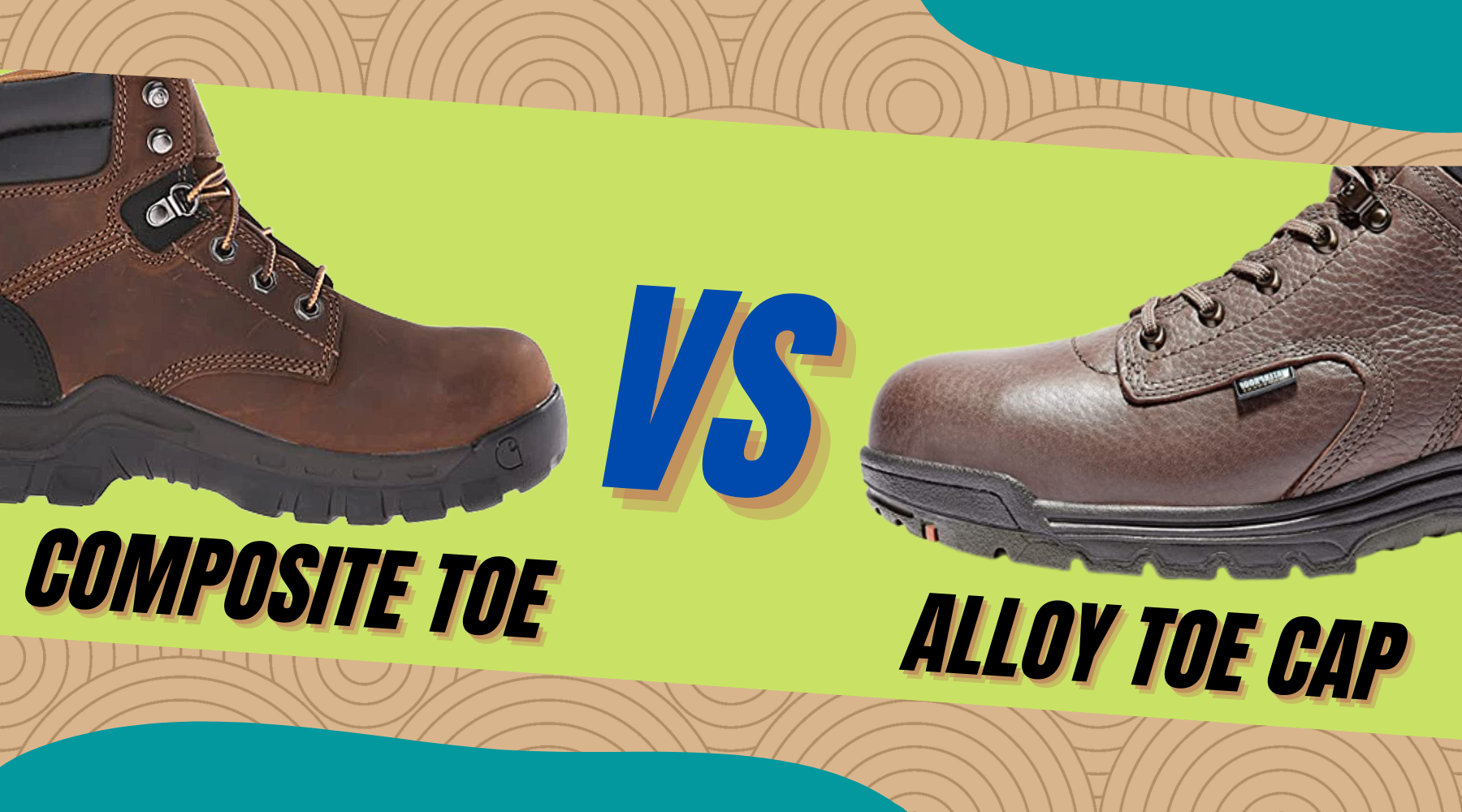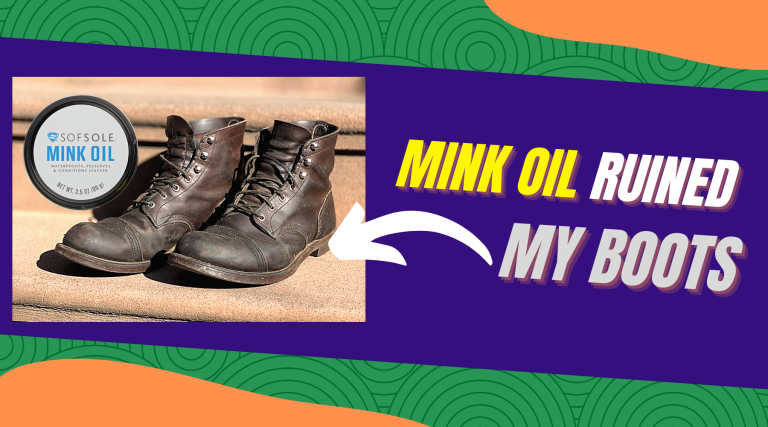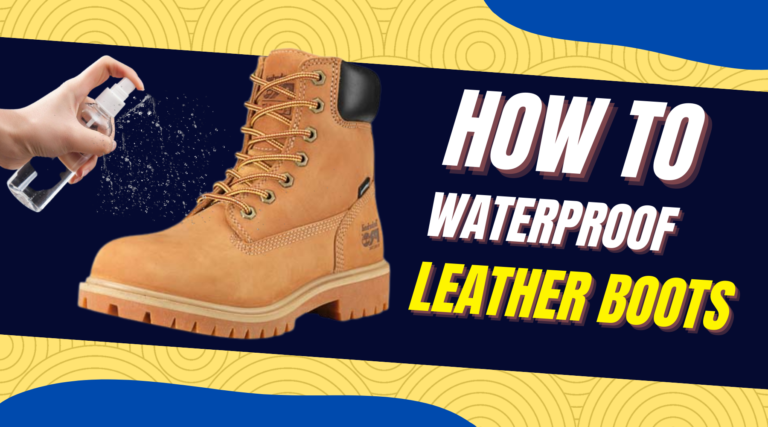Alloy Toe vs Composite Toe Cap | In Depth Comparison
In the past years, steel was the most common material to be used for boot toe protection, but with advancement and technology, shoe manufacturers are using composite and alloy toes, surpassing OSHA, ASTM, and ANSI ratings.
As my job requires working all day long at construction sites, my priority revolves around safety footwear, so I would always go with those that meet high safety standards. In this regard, I have used several types of work boots and realized that the toe cap is the essential part that secures the foot from any bruises, compression, or jerk.
Both composite and alloy toe caps have unique features considering protection, comfort, and durability. Let’s break down boot toe types with their pros and cons.
Table of Contents
What Is Composite Toe?
Composite is a non-metallic toe that was introduced for the first time, especially for laborers. It is manufactured using lightweight materials such as fiberglass, Kevlar, carbon fiber, and plastic, ensuring safety, comfort, and sturdiness.
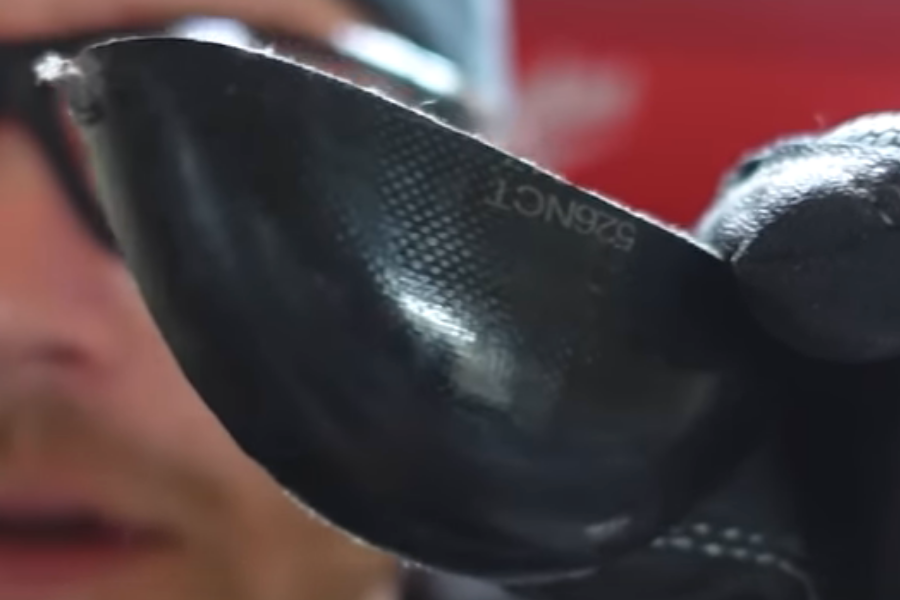
Best Side:
- Composite toe prevents electrical shocks as it does not conduct electricity
- Thermal insulation helps you to work in harsh weather
- Non-metallic toes do not make a hassle while passing through metal detectors
Downside:
- High spec toe makes the boot a little expensive, but these are worth buying
- The toe may crack if the impact is higher than the limit
What Is Alloy Toe?
The alloy toe cap is trending worldwide for its sophistication and safety measurements. It is usually constructed with aluminum, magnesium, and titanium with little chunks of silicon, chromium, copper, zinc, iron, or manganese, making the boot lighter and softer than steel on the toes.
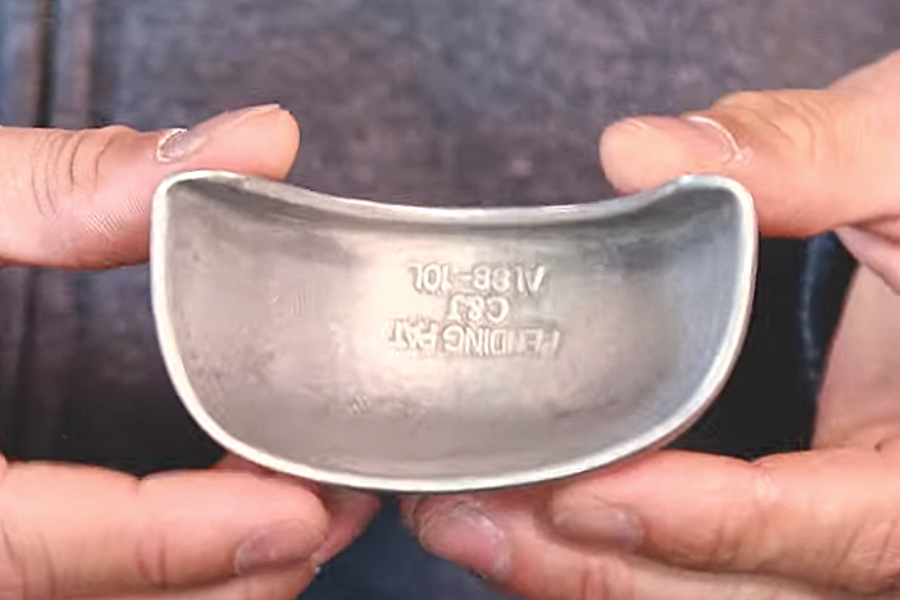
Best Side:
- Alloy toe makes the boots heavy-duty which works best if you work in hazardous areas
- Made up of lightweight construction materials like aluminum, magnesium, and titanium
- Its thin layer makes enough room for the bulky toes
Downside:
- It conducts electrical shocks, so it is not for those who work in electrical fields
- It is not ideal for extreme weather as it conducts heat and cold up to some extent
What’s The Difference?
1. Protection
Composite toe meets ASTM F2413-18 safety standards which promise protection from bruises, injuries, or hazardous environments. Its OSHA and ANSI standards pass through compression and outer impacts while testing its safety. The toe encounters a 75-pound force while trying its impact resistance. In contrast, 2500-pound pressure is applied to check its compression resistance. Moreover, the composite toe has a maximum bearing capacity of 1.1 tons, lesser than alloy.
Similarly, alloy toe is ASTM F2413-18 approved, so it is a complete package for securing feet and toes from any obstacles. The OSHA and ANSI standards absorb outer impacts and compression without compromising foot protection. Likewise, its toe cap can bear a 2500 and 75-pound force of compression and impact, respectively. Surprisingly, it can hold a weight of more than 1.25 tons.
The alloy goes well while working with heavy machinery or in rocky areas in terms of protection as it has more weight capacity than the composite toe.
2. Comfort
Composite toe is constructed with fiberglass, Kevlar, carbon fiber, or plastic materials. These help in a lightweight construction that makes the feet comfortable throughout the day. However, they feel bulky to the toes.
Alloy toe work boots offer maximum comfort, and their ergonomic style fits perfectly to wider feet as well. Metals such as titanium, magnesium, aluminum, and a few other metals are built up to make them lighter. In this way, laborers work freely without worrying about toughness or soreness on the feet.
Generally, the composite toe cap is lighter than alloy but frankly, the difference is negligible. So, you can rely on composite toes if your job requires walking as even a few ounces can increase the fatigue.
3. Temperature
Furthermore, composite boots have excellent insulation that is ideal for extreme weather conditions as it resists heat or cold while working in extreme summers and winters. Also, they do not conduct electrical sparks as they have non-metallic composition.
On the other hand, alloy toes make your feet warm and cold in summers and winters, respectively. Also, they conduct electricity, so it is not worthy enough for those who work in electrical fields.
Non-conductivity of Heat, Cold, and Electricity makes composite toes a better choice for those who work in electrical or harsh weather conditions.
4. Durability
Some of the composite toes own built-in nanotechnology, with thin layers of fibers embedded together for a sturdy toe cap. However, these toe caps might pull apart if heavy objects fall on them.
However, alloy cap shoes are as strong as heavy-duty metal that shields the foot from heavy machinery. It has a durable and robust construction that does not crack up quickly as made up of steel counterparts.
In terms of durability, an alloy toe cap is the best as it runs for a long time.
5. Price
The footwear companies provide different prices if we talk about composite and alloy toes. However, aluminum toe work boots are overall a bit more pricey than composite toe boots. Good quality composite boots start from 110 $, while you can have a hand on alloy boots at 140$ and so on.
But as you know, toes are just one part of the boot, and you need to look at other features of the boot as well to get a better idea of value.
Which One Is Best?
Both composite and alloy toe have their own advantages and disadvantages. It totally depends on the profession, work scenarios, and budget that fits the needs.
As composite toes have a non-metallic construction, these boots are perfect for those who have to pass through metal detectors daily at their job. They work well in security areas, airports, shopping malls, or other places where metal detectors are placed. Also, if your job is in the electrical field, these are the best ones to work with as they do not conduct electricity. They do wonders in extreme summer and winter conditions because of the good natural insulation.
On the other hand, the alloy provides a lot of resistance against heavy loads just like steel, but they are much lighter than steel. They do not encounter any fatigue or toughness at the feet. Also, its thin cap layer provides enough room for toe movement. They are more suitable for indoor, machinery hazardous areas, etc.
FAQs
What is a safety toe boot?
Safety toe boots have either steel, composite, or alloy caps that play a crucial role in protecting the foot from outer jerks. They are also called hard-toe boots.
Is alloy toe OSHA approved?
Yes, the alloy toe cap is OSHA approved, meant to be impact and compression resistant. They do not break down quickly when they contact heavy machinery or tools.
Is alloy toe the same as composite toe?
Alloy toe is made up of metals such as aluminum, titanium, etc. In contrast, the composite toe is metal-free and made up of light fiberglass, carbon fiber, and Kevlar.
How much weight can an alloy toe hold?
Alloy safety toe can hold a weight of 1.25 tons.
Are alloy toes and steel toes the same?
Alloy and steel toe caps are pretty similar to each other as they are equally solid and firm providing utmost protection. However, alloys are exceptionally lightweight, unlike steel toes.
What is the lightest safety toe material?
The composite toe is the lightest safety toe material.

